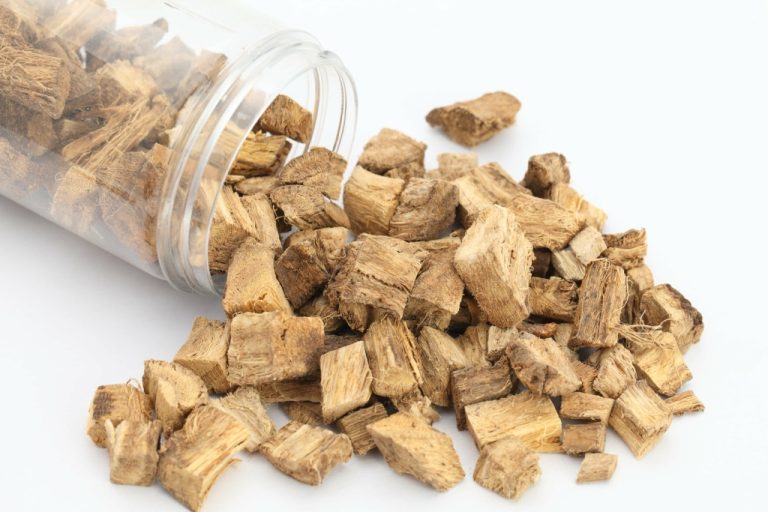At River Rock Treatment, we provide specialized care for individuals going through alcohol withdrawal. Our team of medical professionals creates personalized treatment plans that address both physical symptoms and underlying mental health concerns. Research indicates that certain biological factors can significantly influence both the severity of withdrawal symptoms and the overall recovery process.

We and our partners process data to provide:
- Many people who use alcohol heavily for a prolonged period often don’t even recognize the perpetual fog that alcohol creates.
- Drastic changes in blood pressure and heart rate can also develop, which may lead to a stroke or heart attack.
- Consequently, the interprofessional healthcare team must ascertain the most suitable setting based on a patient’s symptoms.
- Although alcohol withdrawal can be a dangerous and painful process, it is a necessary step on the road to recovery.
Accurate diagnosis of alcohol withdrawal symptoms requires a comprehensive clinical assessment by healthcare professionals. Before starting your journey to quit alcohol, understanding your personal risk level is crucial. Our alcohol withdrawal risk assessment calculator helps you evaluate potential complications based on your drinking patterns and health factors. It’s a quick way to gauge whether you need immediate medical attention. The Alcohol Withdrawal Symptoms Chart below shows each stage of alcohol withdrawal, from the first symptoms to the critical points where medical care becomes essential. Every hour matters and knowing what to expect helps you stay on track.

Jwahl’s story: What happens when you stop drinking alcohol?
After one month without alcohol consumption, significant improvements become apparent across multiple body systems. Liver and cardiovascular health improve, while blood pressure, insulin resistance, and alcoholism symptoms body weight often show positive changes. After 1 week without alcohol, most initial withdrawal symptoms begin subsiding.
MODERATE SYMPTOMS (CIWA-AR SCORE OF 10 TO 18 OR SAWS SCORE GREATER THAN
We specialize in compassionate, evidence-based care tailored to your needs. Heavy alcohol use is expensive, potentially costing you $800 each month or even more. Stopping alcohol won’t just put a bit of extra change in your pocket; it has the potential to have a sizable impact on your income and the lifestyle you can live. By week three, you will have saved about $450–$600 from not buying alcohol. Your calorie intake will be about 9,000 calories less, leading to a potential drop in weight of about three pounds. While you will still likely have some alcohol cravings, you will probably feel pretty good about quitting alcohol.
In addition, vitamin supplements may be given to replace essential vitamins that are depleted by alcohol use. Once withdrawal is complete, additional medications and supplements may be needed to address complications and nutritional deficiencies that occur because of chronic alcohol use. If your home environment is not supportive for staying sober, talk with your doctor. Your doctor may be able to connect you with shelter programs for people recovering from alcohol addiction. A high fever, hallucinations, and heart disturbances are all reasons to seek immediate help.
- These risk factors require specialized medical attention during withdrawal.
- It should not be used in place of the advice of your physician or other qualified healthcare provider.
- Physical symptoms will be much better by a week after stopping for most people.
- Then it tapers into lingering psychological symptoms like anxiety or depression during later stages.
- For most people, alcohol withdrawal symptoms will begin sometime in the first eight hours after their final drink.
The first 24 hours
- It’s also important to note that delirium tremens can be life-threatening.
- Understanding the stages of withdrawal ensures that people can seek care before symptoms escalate.
- Notably, the potentially life-threatening withdrawal symptoms will most likely occur after the first hours.
- During the second stage, you are more at risk for experiencing potentially severe withdrawal symptoms, including Delirium Tremens (DTs).
For women, heavy drinking means four or more drinks on any day or eight or more drinks per week. Research shows people who have a supportive social alcohol withdrawal network are more likely to remain alcohol-free after withdrawal. Those with a wider circle of support have a better chance of staying sober.
Alcohol Withdrawal Syndrome: Symptoms, Causes, Treatment, and More
The process often follows a distinct timeline, which can help you identify what phase you’re in and when you may need professional assistance. Many people experience fear or uncertainty during withdrawal, especially if they’ve heard about serious complications like seizures. The Road to Recovery Remember, withdrawal symptoms signal your body’s healing process. Like spring cleaning, things might look messier before they get better.
Outpatient detox programs like Eleanor Health can help you manage symptoms and monitor your progress without disrupting your daily routine. If you’ve experienced physical danger during detox in the past, it’s a strong indicator that you need medical assistance at a clinic or other inpatient setting. Healthcare professionals will monitor your vital signs and manage any complications that arise. The safest way to addressalcohol abuseand begin detox is to consult with a medical professional or seek professional treatment. When speaking with your medical professional abouthow to detox from alcohol, they will tell you it’s the first step of acomprehensive rehab program.
Two commonly used tools to assess withdrawal symptoms are the Clinical Institute Withdrawal Assessment for Alcohol Scale, Revised, and the Short Alcohol Withdrawal Scale. Patients with mild to moderate withdrawal symptoms without additional risk factors for developing severe or complicated withdrawal should be treated as outpatients when possible. Ambulatory withdrawal treatment should include supportive care and pharmacotherapy as appropriate. Benzodiazepines are first-line therapy for moderate to severe symptoms, with carbamazepine and gabapentin as potential adjunctive or alternative therapies. Primary care physicians should offer to initiate long-term treatment for alcohol use disorder, including pharmacotherapy, in addition to withdrawal management.
